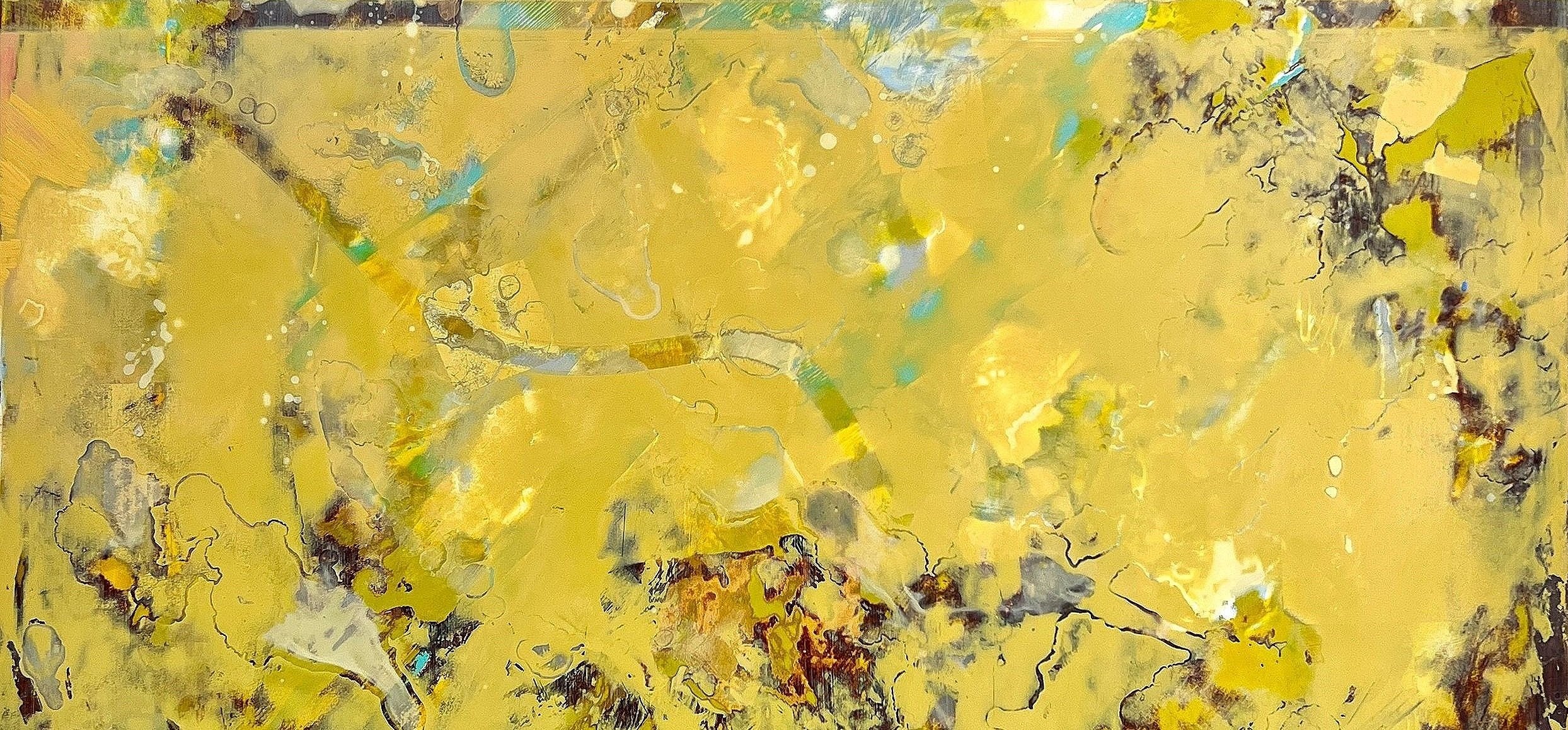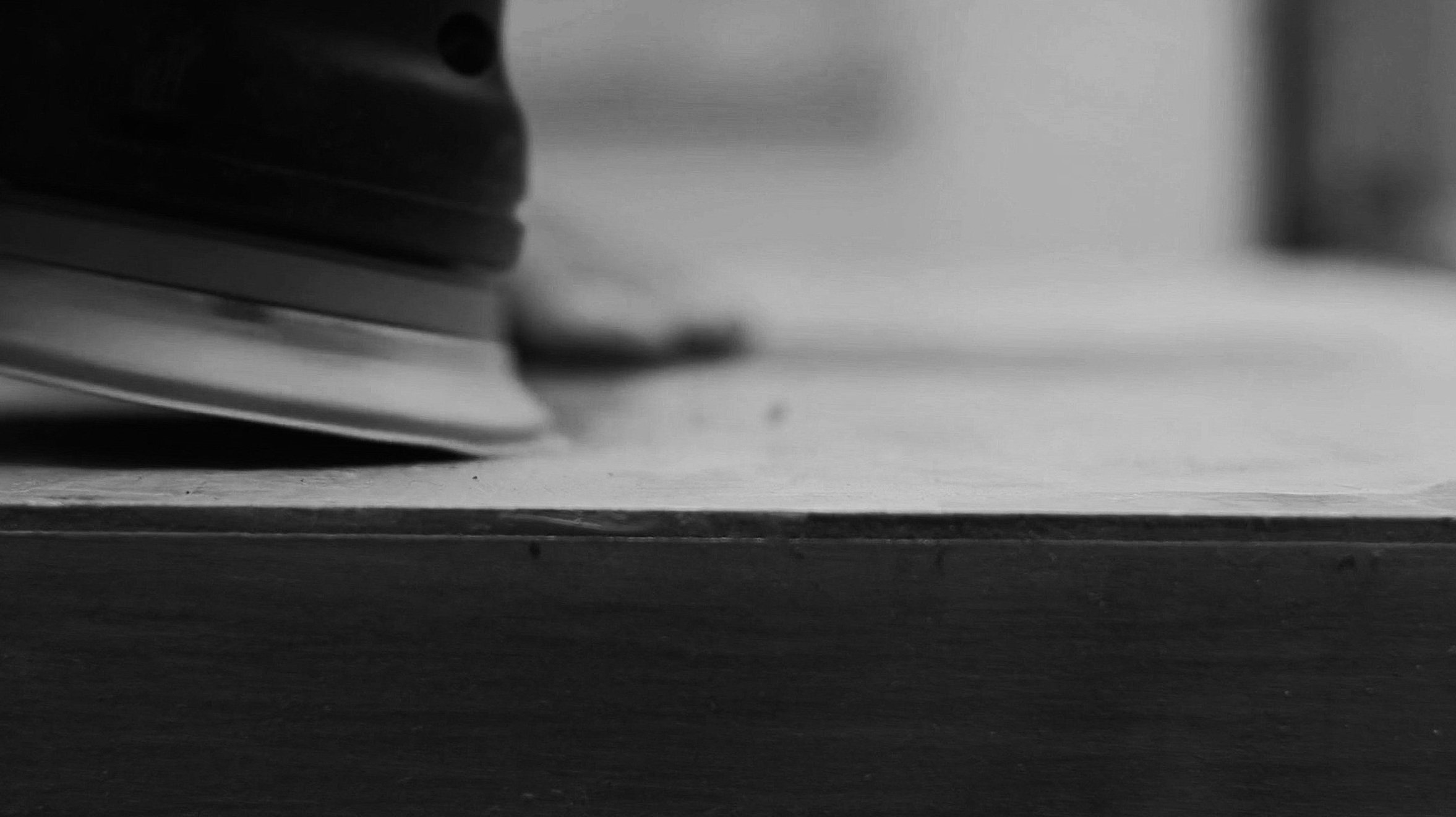It is the layers of destruction, the literal ruining of the image, that seem to allow the spark of life into my work
Though I am concerned always with the human form and story — I am always drawn to the surface and to the scouring and scraping, the building and caressing of the painting as it comes into being. It is as though the surface has a life of its own, interdependent with pictorial elements of the work. This is such a simple idea that it seems obscure. In fact, it is elemental.
Learn more in this video portrait of the artist.
People have asked me why I abrade the painting’s surface with a palette knife and electric sander after having so spent so much time and money preparing it for gold and silver leafing – itself a process so rigorous and expensive that it is akin to caring for a little child. My response is simple – it seems necessary and fitting to “excavate” the surface after carefully creating it. I realize that this sounds strange, adding to the potential confusion over the meaning of my work. But there it is: the subjective intuitive response that I make to my own images after laboriously building them is that I must at least temporarily tear them down again many times before they seem to “stick”.
I think many artists in various disciplines experience this destructive urge. I imagine writers or composers filling their dustbins with page after page of nearly perfect music, prose, or poetry that nevertheless will not see the light of day.
The skin, the surface of my paintings is what contains the deepest meaning for me
In my own experience of making a painting, it is the layers of destruction – the literal ruining of the image – that seem to allow the spark of life into the work. And this is the element that is impossible to plan or force into being. It is nothing less than the form of the work pressing itself into existence. Again, this might sound obscure or esoteric – but it isn’t. It is just the truth of the event of art making – the artist serving as a medium through which the form passes in order to be seen in the world of objects.
But my hope, like that of most artists I know, is that the responsive viewer can encounter the form in and through my work, imperfect as it is. I’ve tried to get myself out of the way as much as possible, but of course, every portrait is both an attempt to evoke another person and at the same time it is inevitably a self-portrait.
Perhaps this is the inevitable condition of our existence – that as we try to span the gulf between ourselves and the other person, we cast part of ourselves into that space, that abyss.
— Bruce Herman





